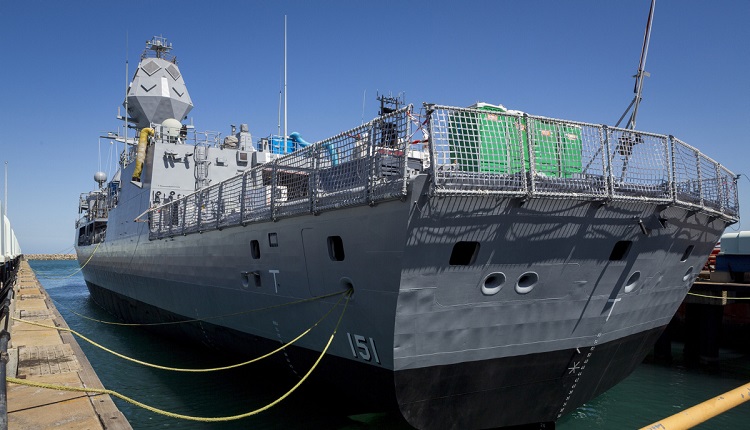Very interesting infographic on CSC about half way down the page at this link: Discover the Dream Job - Designing Canada's Most Capable Combat Ship
Seems to suggest the primary area air defence missile will be SM2-Block 3B. The CIAD missile is not indicated in the graphic, for some reason, though we already know this to be SeaCeptor from previous announcements. And the support for ESSM, in both its guises (blk 1 and blk2) is hardly surprising either.
Still no information on the X-band illuminator radar.
Seems to suggest the primary area air defence missile will be SM2-Block 3B. The CIAD missile is not indicated in the graphic, for some reason, though we already know this to be SeaCeptor from previous announcements. And the support for ESSM, in both its guises (blk 1 and blk2) is hardly surprising either.
Still no information on the X-band illuminator radar.
Last edited:







